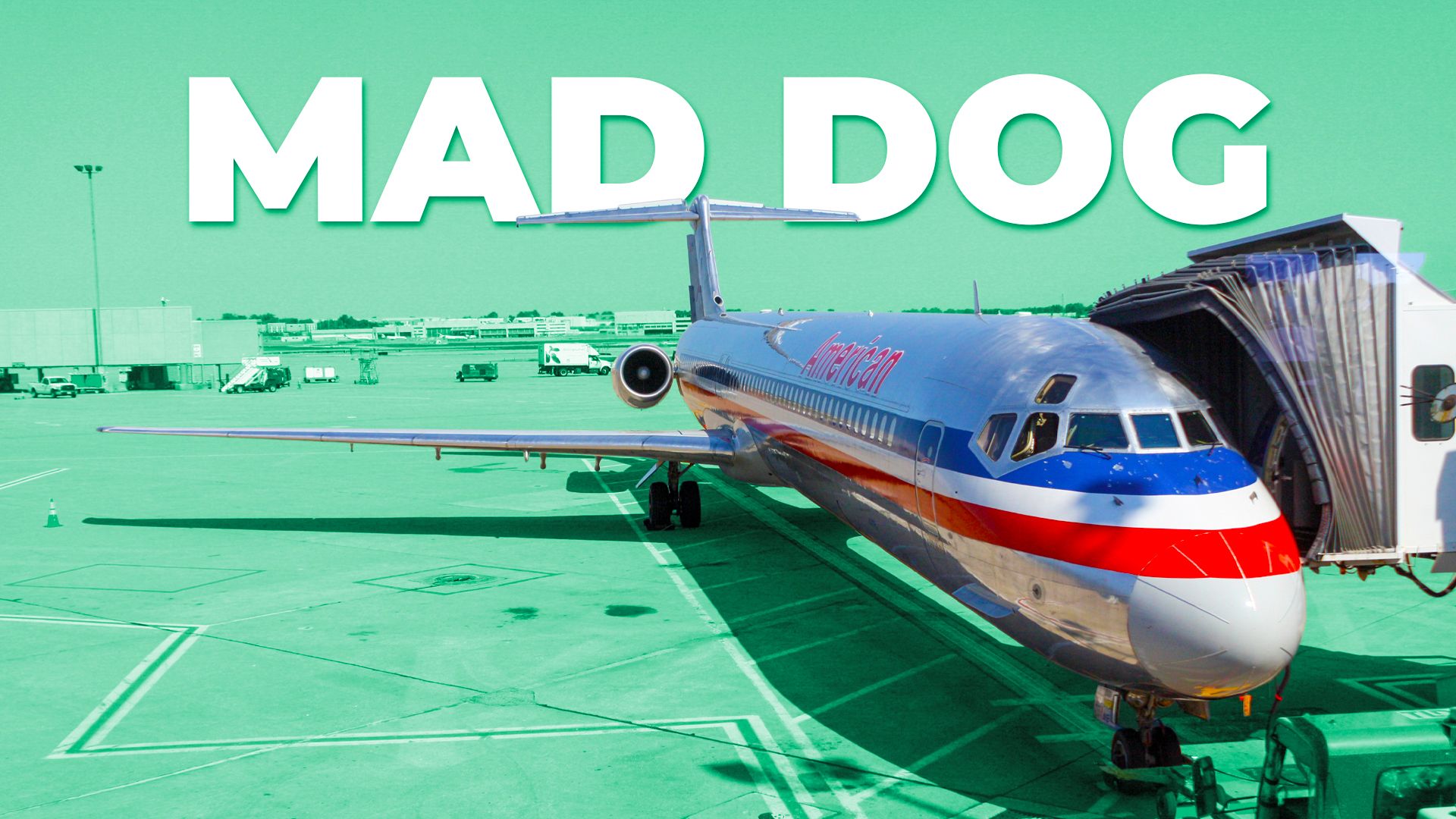The McDonnell Douglas MD-80, affectionately known as the “Mad Dog,” has left an indelible mark on aviation history. This aircraft, characterized by its loud engines and distinctive design, ceased passenger operations in the United States in March 2020, marking the end of an era for one of the most recognizable jets in commercial aviation. Despite its outdated technology and noise issues, the MD-80 remains a beloved model among pilots and flight crews for its unique flying characteristics and nostalgic charm.
From Dependable Workhorse to Iconic Status
Introduced in 1979, the MD-80 quickly became a popular choice among major carriers, particularly the “big three”: American Airlines, United Airlines, and Delta Air Lines. With its low-bypass rear-mounted engines, the aircraft was designed to provide a quieter cabin experience compared to other models of its time. At its peak, the MD-80 made up approximately 40% of American Airlines’ fleet, showcasing its reliability and performance on short- to medium-haul routes.
Despite the aircraft’s reputation for being noisy, many pilots formed strong connections with the Mad Dog. Pilot Julio Gomez expressed his fondness for the jet, stating, “I just cannot take that airplane to its grave. It’s just too heartbreaking… [The jet] basically was American Airlines.” Similarly, flight attendant Jennifer Brissette reflected on the jet’s impact on her career, noting how she could be heard yelling over the noise during flights: “My husband used to say, ‘I can tell you’ve been flying the Super 80 because you are yelling when you are talking.’”
The Evolution and Retirement of the MD-80
The MD-80’s retirement in 2019 signaled a significant transition in the airline industry, particularly for American Airlines, which was the first major US carrier to operate the aircraft. The deregulation of the airline industry in the late 1970s provided opportunities for growth, and the MD-80 played a pivotal role in American Airlines’ expansion strategy. Under former president Robert Crandall, the airline partnered with McDonnell Douglas to enhance sales and solidify the MD-80’s status in the market.
The aircraft’s production peaked in 1991, with McDonnell Douglas manufacturing 12 units per month. Yet, as newer, more fuel-efficient jets emerged, the MD-80 began to lose its appeal. The last MD-80, an MD-83, was delivered to Trans World Airlines in 1999, and the assembly line was closed that same year. Despite the aircraft being phased out of passenger service in the US, it continues to operate in various roles globally, including firefighting and cargo operations.
The Mad Dog’s legacy is particularly notable considering that it outlasted its manufacturer. After its merger with Boeing, McDonnell Douglas ceased to exist as a standalone entity, yet the MD-80 continues to fly, with over 100 units still in service today. These aircraft have found new life in regions such as Iran and Venezuela, where they are utilized for cargo and domestic passenger flights.
The MD-80 is remembered not just as an outdated model but as a unique piece of aviation history. Its combination of classic design and distinct performance has endeared it to pilots and enthusiasts alike. While the aircraft’s loudness and outdated technology led to its retirement, the connections it forged over decades have solidified its place in the hearts of many.
As aviation continues to evolve, the Mad Dog remains a testament to an era of air travel that prioritized character and connection over modern efficiency. The MD-80’s legacy will undoubtedly continue to resonate within the aviation community for years to come.





































































